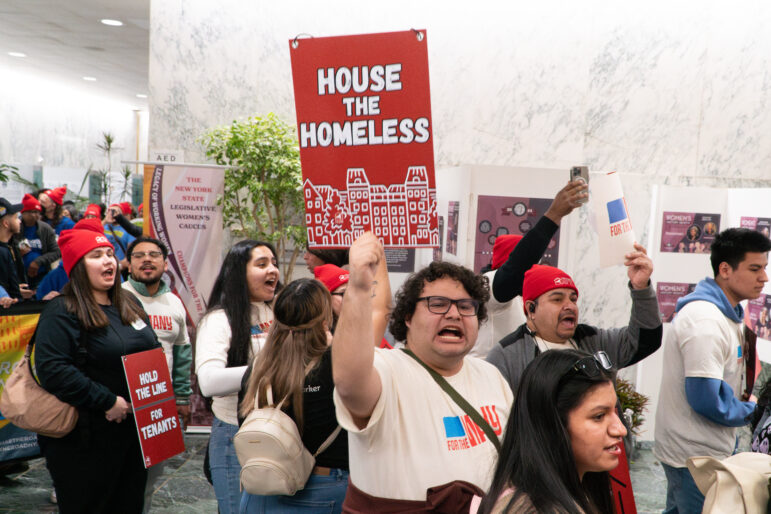
Photo by: Alissa Ambrose
Anthony Giacchino addressed 146 letters to the victims of the Triangle Shirtwaist Fire, a 1911 tragedy that triggered broad reforms to fire and work regulations.
When Anthony Giacchino addressed 146 letters to the victims of the Triangle Shirtwaist Fire, he knew the letters would be bounced back. The recipients, after all, died 100 years ago — the 129 women and 17 men who died inside the Triangle Waist Company factory on Washington Place.
The tragic fire bolstered the nascent labor movement and gave rise to concerns over building safety.
But the victims, and their stories, are in danger of being forgotten, Giacchino said. The Queens-based documentarian sees the letters as a statement of the fading legacy of the Triangle fire victims.
“The idea of actually sending them to the addresses where they lived is a way of reaching out to them.” Giacchino said. “The fact that they would also be returned was another way of saying that the individual personalities, many of them, not all of them, have been forgotten.”
Giacchino stuffed the envelopes with his friend Scott Frawley in January. Returned letters, affixed with a yellow “return to sender” sticker, started filling Giacchino’s mailbox days later.
In total, 133 letters bounced back. The letters, collected in an art installation titled “Letters to Another Century: The Triangle Fire Letter Project,” are on display at The Brecht Forum, in the West Village. The installation moves to The Cooper Union for the March 25th anniversary of the Triangle fire.
Many bear the initials “N.S.N.” for, no such name. The recipient of one letter, sent to victim Ms. Rosie Friedman at 77 East 4th Street, scrawled, “Deceased return to sender” across the envelope. Another recipient crossed out the name of victim Ms. Bertha Wendorff, of 205 Henry Street, wrote, “return to sender, no such person at this address.”
But when Debra Williams found a letter addressed to victim Ms. Sonia Wisotsky in her mailbox, she recognized the name. Every March 25th, Wisotsky’s name appeared in chalk outside Williams’ East Village apartment building. The two women shared the same address, separated by 100 years of history.
“I was sort of moved that she was someone who had lived in my building and walked up my steps,” Williams said of an annual project marking victims names in chalk outside their former homes.
Another victim, Yetta Fichenholtz, lived down the street. Fichenholtz was 18 when she died. Wisotsky was only 17. Williams imagines the two women as friends, walking to work together that fateful day.
“In my imagination, I always saw them working together,” Williams said.
Williams penned a response and mailed the letter back to Giacchino. It’s now displayed as part of the installation.
“Even 100 years later words cannot express the sorrow I feel for Sonia,” read the letter. “Her needless death caused by greed, human life devalued with cruel mistrust.”
For Williams, the lessons learned from the Triangle fire still resonate.
“If you look at even the politics today, with the attacks on unions and the attacks against collective bargaining,” Williams said, “it is a reminder that it is a long struggle and battle for people to stand up for themselves.”








